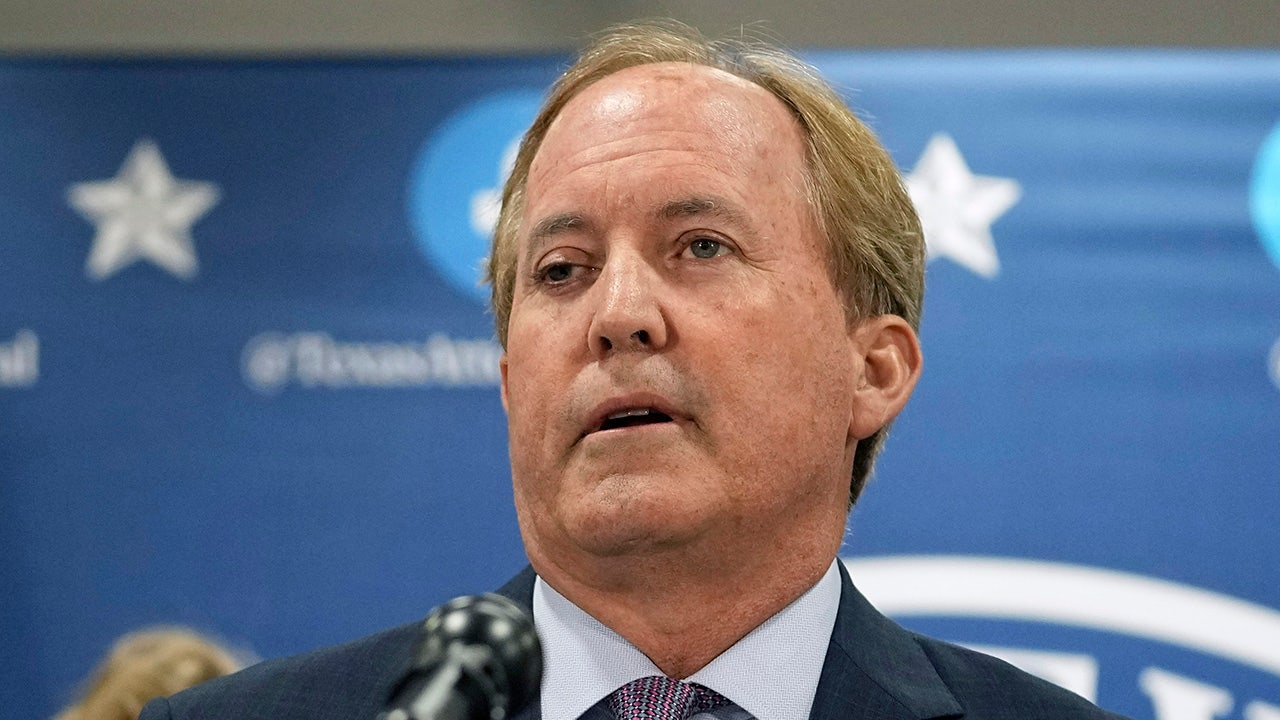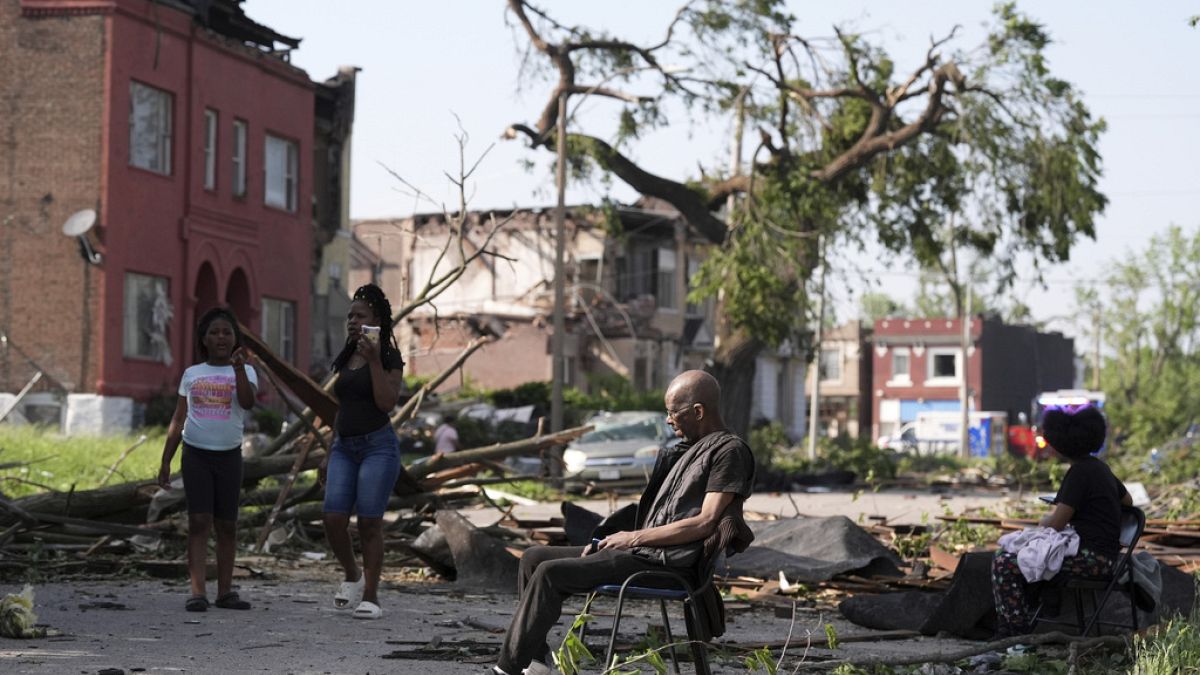Hong Kong shares have outperformed their mainland peers by the largest margin in nearly two decades, as money pours in from China due to worries about the domestic economy and enthusiasm for the territory’s technology stocks.
The benchmark Hang Seng index is up 16.4 per cent this year compared with a 1.2 per cent decline in mainland China’s CSI 300 index — the biggest outperformance year to date since 2008.
The rally has been boosted by the rise of DeepSeek, the Chinese start-up that claims artificial intelligence advances using far less computing power than US rivals, which has encouraged investor appetite for Hong Kong-listed technology stocks.
The territory’s stocks, which plummeted more sharply than mainland equities after US President Donald Trump’s “liberation day” tariff announcement in April, have also been helped by easing tensions in the US/China trade war.
The rally comes as money from mainland China flows into Hong Kong at record high levels.
“The majority of the strong outperformance this year from Hong Kong has been driven by southbound flows [from the mainland],” said James Wang, head of China equity strategy at UBS.
“A lot of that has been driven by the AI trade,” he added, pointing to the higher proportion of AI stocks in Hong Kong than the mainland.
Hong Kong’s outperformance also “stems from fundamental differences in market composition”, said Wei Li, head of multi-asset investments for China at BNP Paribas.
“The Hang Seng index’s heavy weighting towards globally liquid sectors — such as technology and finance — has allowed it to capitalise on the Federal Reserve’s dovish pivot and renewed appetite for Chinese tech stocks.”
Chinese technology companies such as Tencent and Alibaba are listed in Hong Kong and the US but not on the mainland. Alibaba first became available to mainland investors in September after the company upgraded its listing in Hong Kong.
A meeting between Chinese President Xi Jinping and the country’s technology companies in February was also seen as positive for both mainland and Hong Kong stocks, but particularly for the latter.
“Investors feel the government is giving the green light for the tech sector to grow again,” said Tai Hui, chief Asia market strategist at JPMorgan Asset Management.
China’s economy has been hit hard by the collapse in the property market and the trade war with the US, which has helped Hong Kong’s outperformance.
“There has generally been concern about the domestic economy in China being weak,” said Andrew Tilton, chief Asia-Pacific economist and head of EM economic research at Goldman Sachs.
Hong Kong is likely to benefit from any moves out of US equities into other markets and from further Fed rate cuts in the second half of the year, said JPMorgan’s Hui.
“Hong Kong is gathering capital both from Chinese investors and international investors” as it is easier for overseas investors to buy equities in the city than in mainland China, Hui added.
International money flowing into Hong Kong appears to be from shorter-term investors, such as hedge funds, rather than longer-term market participants such as pension funds, according to UBS’s Wang.
“I wouldn’t say there’s a huge influx of long-only money coming back into the China equity market just yet,” he added. “Investors have been burned for quite a long time in China.”



























